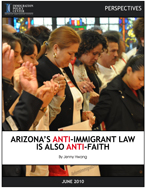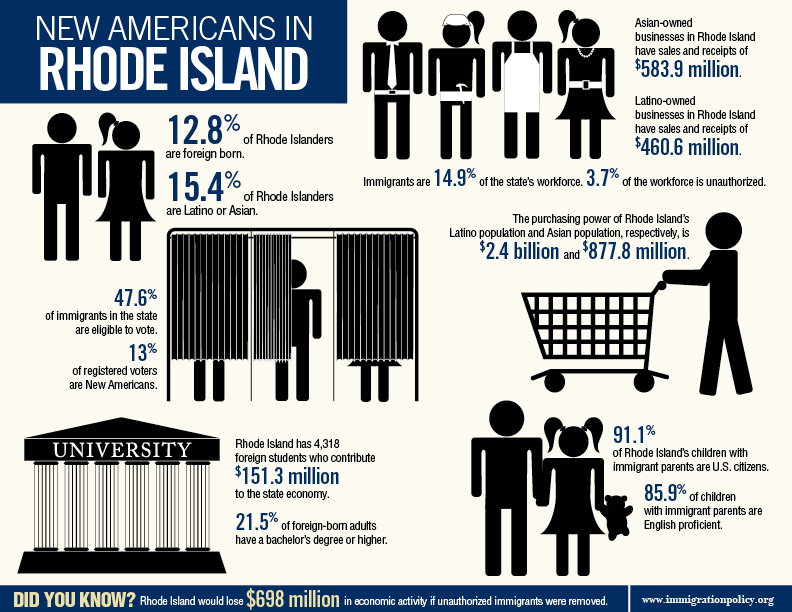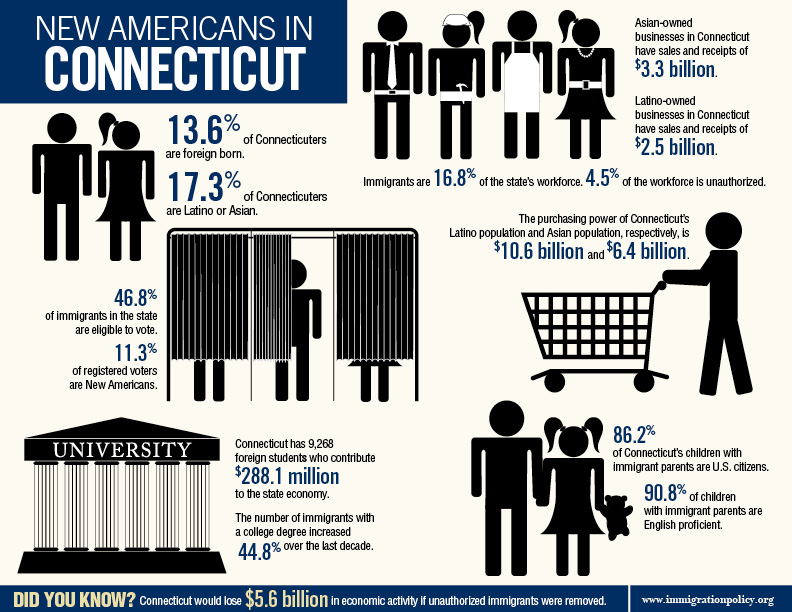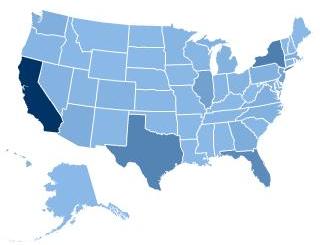 Over the period from 2005 to 2007, I researched the anti-immigrant movement. As I spoke with immigration restrictionists and observed their patrols and anti-immigrant rallies, I was often haunted by the question, “Are these people to be taken seriously?” At times it was hard to fathom that they amounted to anything more than a disgruntled fringe element of a society experiencing complex transformations in an increasingly interconnected world. I witnessed much hyperbole and many “colorful” characters, but at times questioned their potential broader impact.
Over the period from 2005 to 2007, I researched the anti-immigrant movement. As I spoke with immigration restrictionists and observed their patrols and anti-immigrant rallies, I was often haunted by the question, “Are these people to be taken seriously?” At times it was hard to fathom that they amounted to anything more than a disgruntled fringe element of a society experiencing complex transformations in an increasingly interconnected world. I witnessed much hyperbole and many “colorful” characters, but at times questioned their potential broader impact.
However, it is now clear that the capacity of these groups to stymie attempts to reform our broken immigration system should not be underestimated. They played a major role in undermining previous efforts to pass comprehensive immigration reform and are poised to do so again. While the recent past failures at reform cannot be totally attributed to such groups, their role was not insignificant. What can loosely be called an anti-immigrant “movement” in this country is not organized into one formal unified entity. However, there clearly exists a network of restrictionist groups and organizations that are connected to one another in various ways, which has enabled them to collectively undermine efforts to pass legislation that would result in any meaningful changes to our immigration laws and policies. They have been able to successfully spread their messages due to alliances with elements of the national media, other like-minded, issue-oriented organizations, and perhaps most importantly because they play upon powerful ideas and sentiments found amongst elements of the population at large.Read more...
Published On: Fri, Jun 04, 2010 | Download File








